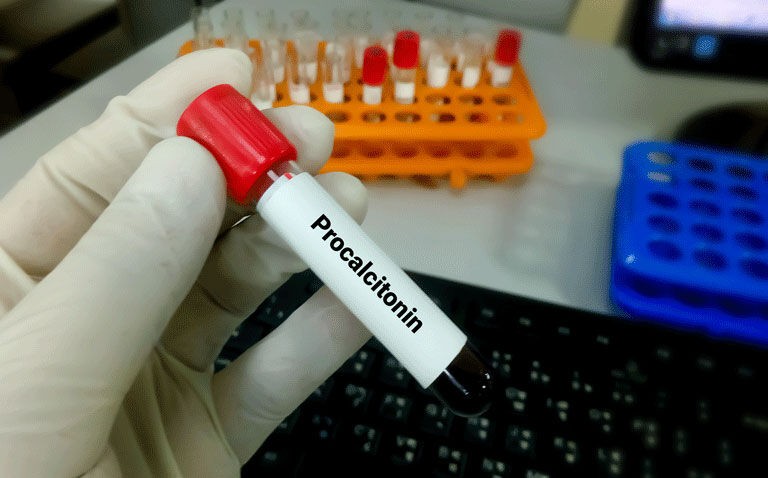Low procalcitonin levels in patients with a lower respiratory infection (RI) do not indicate those who might benefit from azithromycin
Low procalcitonin levels in patients with a non-pneumonia lower respiratory tract infection, fails to identify those who might benefit from azithromycin therapy according to the findings of a randomised trial by US researchers.
Antibiotics are commonly prescribed for acute respiratory infections, although most of these infections are viral in nature and for which antibiotics are ineffective. It is therefore necessary to implement strategies that are able to identify those patients unlikely to benefit from antibiotics, thus mitigating the development and spread of resistant pathogens. Procalcitonin is a peptide for which serum levels are believed to increase during bacterial, but not during viral, infections. In fact, procalcitonin levels have been shown to improve the accuracy of currently recommended approaches for the diagnosis of community-acquired pneumonia, thereby complementing clinical signs and symptoms. Normal human procalcitonin serum levels are less than 0.1 ng/ml, whereas if levels increase above 0.25 ng/ml, this may indicate the presence of a bacterial infection.
In the present study, US researchers hypothesised that in patients with a procalcitonin concentration of 0·25 ng/mL or less, a placebo would be just as good, i.e., non-inferior (in terms of clinical efficacy) to antibiotics such as azithromycin, in adults with suspected lower respiratory tract infection. The team recruited adults aged 18 years or older, with clinically suspected non-pneumonia lower respiratory tract infection and a low procalcitonin level (i.e., 0·25 ng/mL or less). These individuals were randomised 1:1 to either oral azithromycin 250 mg or matching placebo (two capsules on day 1 followed by one capsule daily for 4 days). The primary outcome was the efficacy of azithromycin versus placebo in terms of clinical improvement at day 5 (assessed with several different measures) and the non-inferiority margin (to placebo) was set as a lower confidence interval of -12·5%.
Low procalcitonin and azithromycin outcomes
A total of 499 participants with a mean age of 52.3 years (35% female), all of whom had procalcitonin levels below 250 ng/ml, were included and randomised to azithromycin (249) or placebo.
A clinical improvement at day 5 was observed in 63% in the placebo group and 69%, in the azithromycin group (between-group difference -6%, 95% CI -15 to 2). As the lower confidence interval for this difference was numerically greater than –12·5%, it was not possible to conclude that there was non-inferiority for the placebo compared with azithromycin. This was despite there being no significant difference in the rates of any of the individual parameters comprising the primary outcome for clinical improvement. However, at day 11, clinical improvement was observed in 76% of the placebo group and 81% in the azithromycin group (between-group difference –4%, 95% CI –12 to 3). This time, since the lower confidence interval value was less than -12.5, non-inferiority for the placebo and azithromycin was demonstrated.
The authors concluded that it was not possible to confirm non-inferiority for a placebo and azithromycin in terms of clinical improvement at day 5 in adults with a lower respiratory tract infection and a low procalcitonin concentration. Consequently, it remained unclear whether antibiotics would be of benefit to such patients.
Citation
Tsalik EL et al. Efficacy and safety of azithromycin versus placebo to treat lower respiratory tract infections associated with low procalcitonin: a randomised, placebo-controlled, double-blind, non-inferiority trial. Lancet Infect Dis 2022










